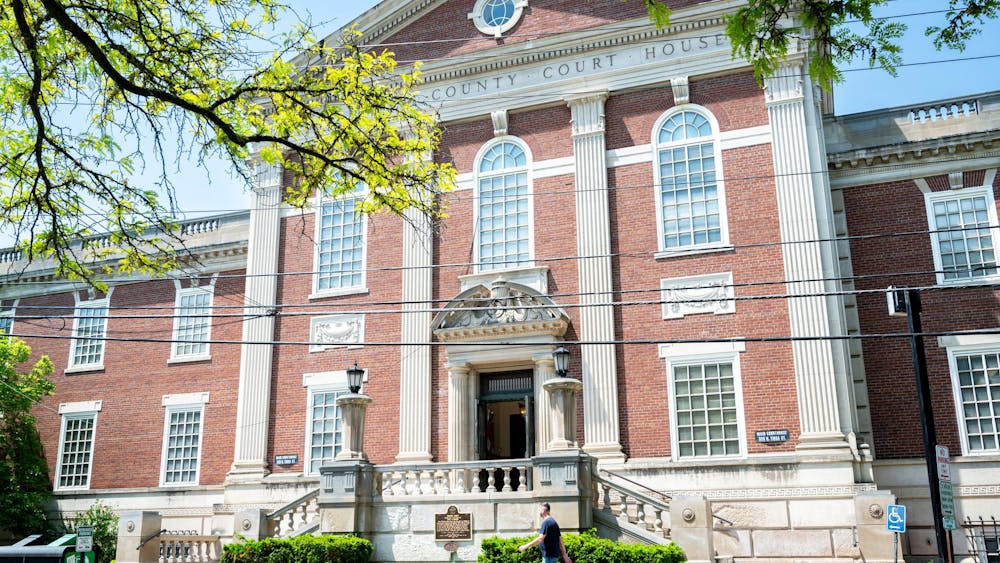After several years of disappointing endowment returns, the University announced Friday that Cornell’s endowment posted a positive 12.5 percent return in fiscal year 2017, bringing the total value to its highest ever at $6.8 billion.
This is welcome news for an endowment office that went through a “transitional year” according to Chief Investment Officer Kenneth Miranda.
Miranda took over at the beginning of the fiscal year, which went from July 2016 to June 2017, and the office moved from Ithaca to New York City in an effort to attract more qualified candidates.
Cornell’s endowment has struggled in recent years, posting a negative 3.3 percent return in fiscal year 2016 and positive 3.4 percent the year before. Those were the lowest in the Ivy League those two years.
The University is the fourth Ivy League to announce its returns this year, after Dartmouth, Harvard and Penn. Dartmouth and Penn posted returns of 14.6 and 14.3 percent, respectively, while Harvard posted a meager 8.1 percent.
Harvard’s endowment office has gone through many changes recently, and their new manager N.P. “Narv” Narvekar said in a five page letter published several weeks ago that its meager returns are “a symptom of deep structural problems” that will take years to turn around.
While Cornell managers are pleased that its returns are not as poor as last year, the announcement Friday points to many changes taking place as well.
“We are pleased that the endowment generated solid investment performance this year, and we will continue the work of positioning the endowment to drive superior investment performance,” said Cornell trustee and chair of the board’s Investment Committee Donald Opatrny ’74 in the announcement.
That positioning follows “comprehensive reviews of each asset class” by the Office of University Investments, which also reviewed “its overall approach to managing the endowment.” The announcement said that the efforts are meant to boost performance over time, increase endowment flexibility, reduce fees and increase responsiveness to changing investment trends.
Yet those efforts may still have a ways to go. According to Wilshire Trust Universe Comparison Service, college funds with more than $500 million in value had a median investment gain of 13.3 percent, meaning that despite Cornell’s efforts, it still lags over 50 percent of its peers.
Prof. Ronald Ehrenberg, industrial and labor relations, told The Sun that the endowment’s troubles over the past several years were not due to any one factor.
“It’s sort of a combination of not being completely in the right asset classes, and then within each asset class, not necessarily having the best managers who are managing the money,” he said.
Ehrenberg added that the endowment office’s move to New York City was an effort to give the fund access to potentially better managers, but that one year’s performance is not enough to form any conclusions.
“It’ll be interesting to see what happens going forward.”

Despite Several Years of Poor Performance, Cornell Endowment Returns ‘Solid’ in 2017
Reading time: about 3 minutes
Read More










